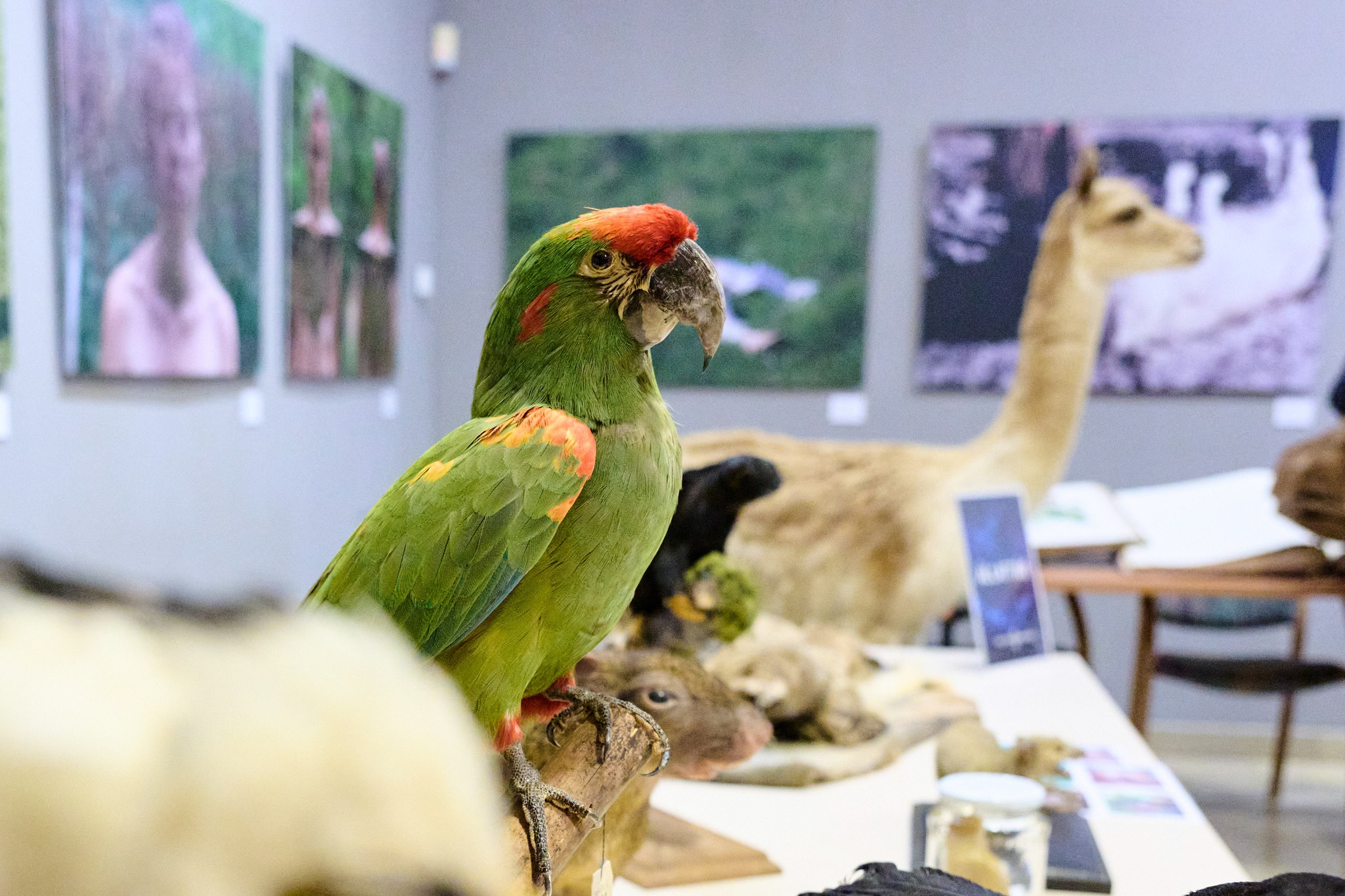
This year, the event will be based around the slogan "We are in the Trend" and will be held in Veszprém, the European Capital of Culture.Continue reading
The temporary exhibition of the Hungarian Museum of Technology and Transport entitled The Cycling Shift will present the development and modern styles of cycling through more than 100 bicycles from Friday in the Diesel Hall of the Northern Vehicle Repair Plant – reported MTI on Thursday.
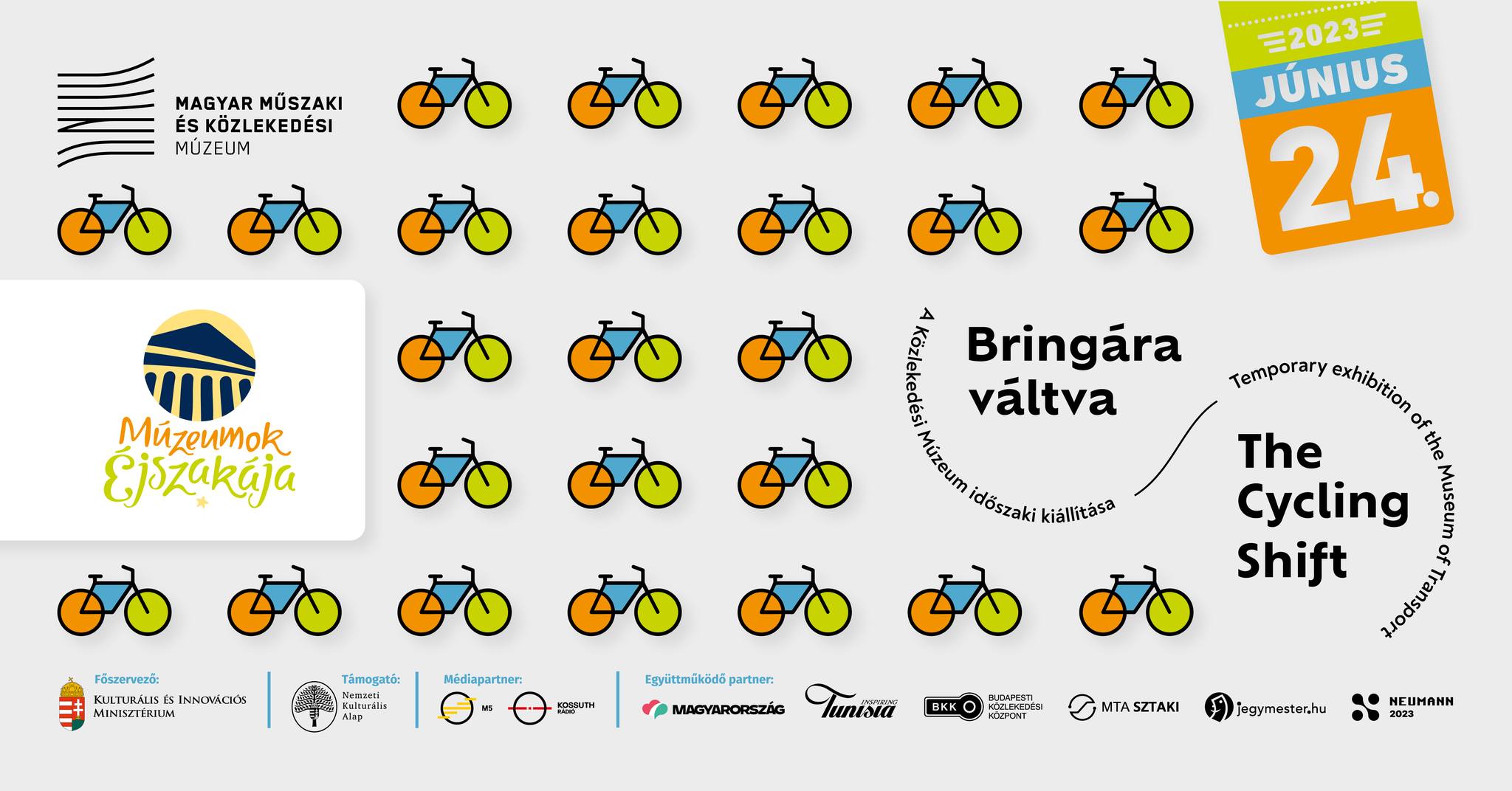
Photo: Facebook/Közlekedési Múzeum
Nándor Csepreghy, the Parliamentary State Secretary of the Ministry of Construction and Transport, stressed that while the creation of conditions for cycling had received undeservedly little attention before 2010, today more than 1,000 kilometers of bicycle paths serve to promote health awareness, sustainability, and better living conditions of settlements.
The government has not given up on creating a new home for the Transport Museum. The current economic situation has only made it necessary to postpone it, but it is expected that in the medium term we will see the timetable for the project, added Csepreghy.
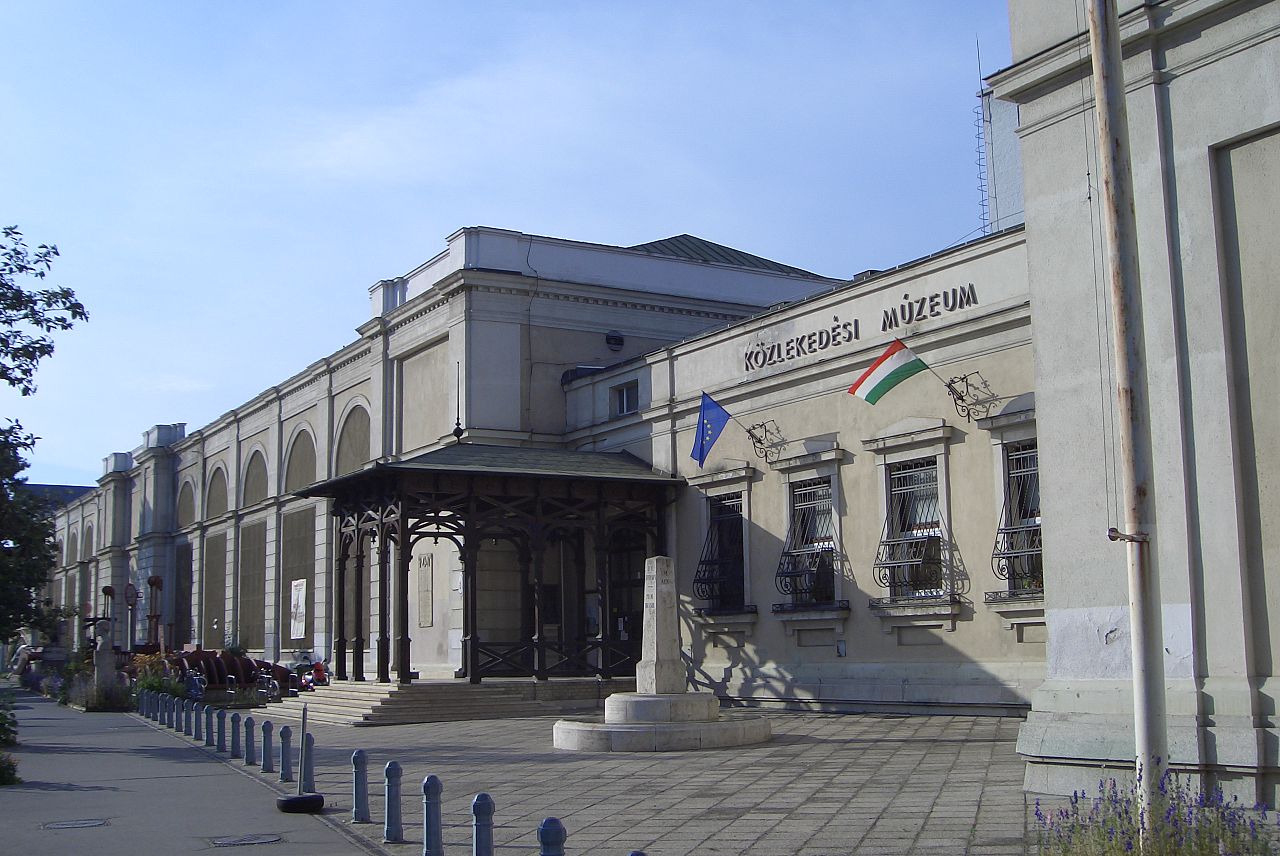
The former central building of the Transport Museum, from Wikipedia
Máriusz Révész, Government Commissioner for Active Hungary of the Prime Minister’s Office, noted that the development of cycle routes has been carried out in a network approach since 2016.
This is also justified, because
after the Netherlands and Denmark, Hungary ranks third in the European Union out of 28 countries in terms of the share of daily cycling.
He added that after 2012, cyclist-friendly developments had also started in Budapest, but there was still a huge demand for similar investments across the country.
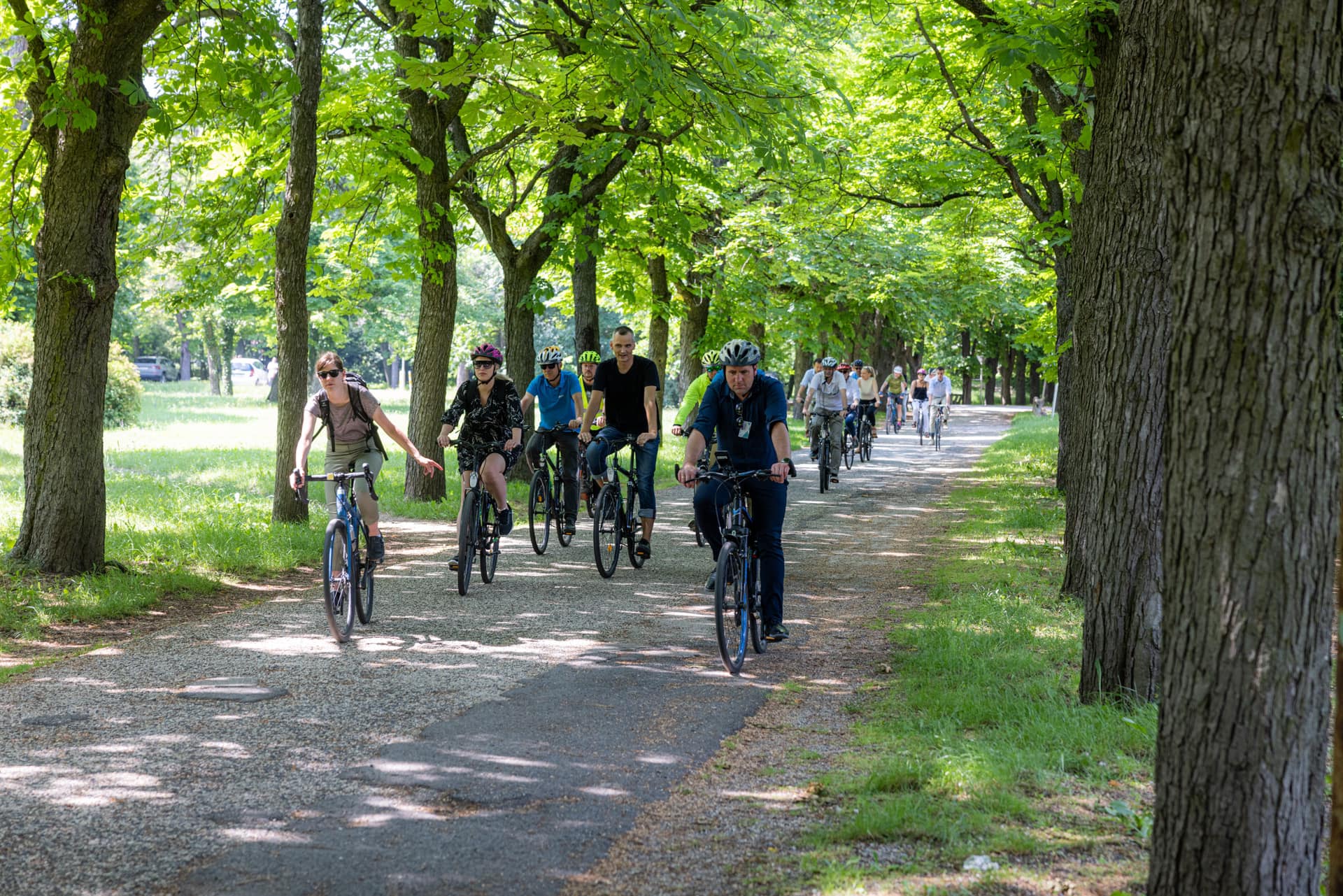
Photo: Facebook/Révész Máriusz
Domonkos Schneller, the museum’s director-general, also highlighted the strong “bicycle boom” in Hungary over the past decade. A network of cycle paths has been set up, including between Budapest and Lake Balaton, the Tour de Hongrie cycling race is being organized again, the Bubi public bicycle system has been launched in Budapest and is becoming increasingly popular, and thousands of people have been able to get electric bicycles with government support. The results of all this can be seen in the increase of use of bicycles, and
it is not unreasonable to talk of a cycling revolution,”
he said, adding that it was partly this development that encouraged the Museum of Transport to organize the exhibition.
The museum has more than 70,000 artifacts, including well over a hundred bicycles. A long-standing dream has been fulfilled with the opening of an exhibition on the history of bicycles, following the exhibitions on multi-wheeled vehicles, Schneller added.

Photo: Facebook/Közlekedési Múzeum
Schneller pointed out that it has been a long time since Hungary hosted such a comprehensive exhibition on cycling: more than 100 bicycles and numerous related objects – including spare parts, sports relics, other vehicles, and replicas to try out – along with photos and short films, that cover the history of cycling from the Dreiser running machine of 1817, to the most modern developments of today.
The exhibition covers the experiments and developments that led to the modern bicycle, the bicycle as a means of transport and leisure, and the various disciplines of cycling.
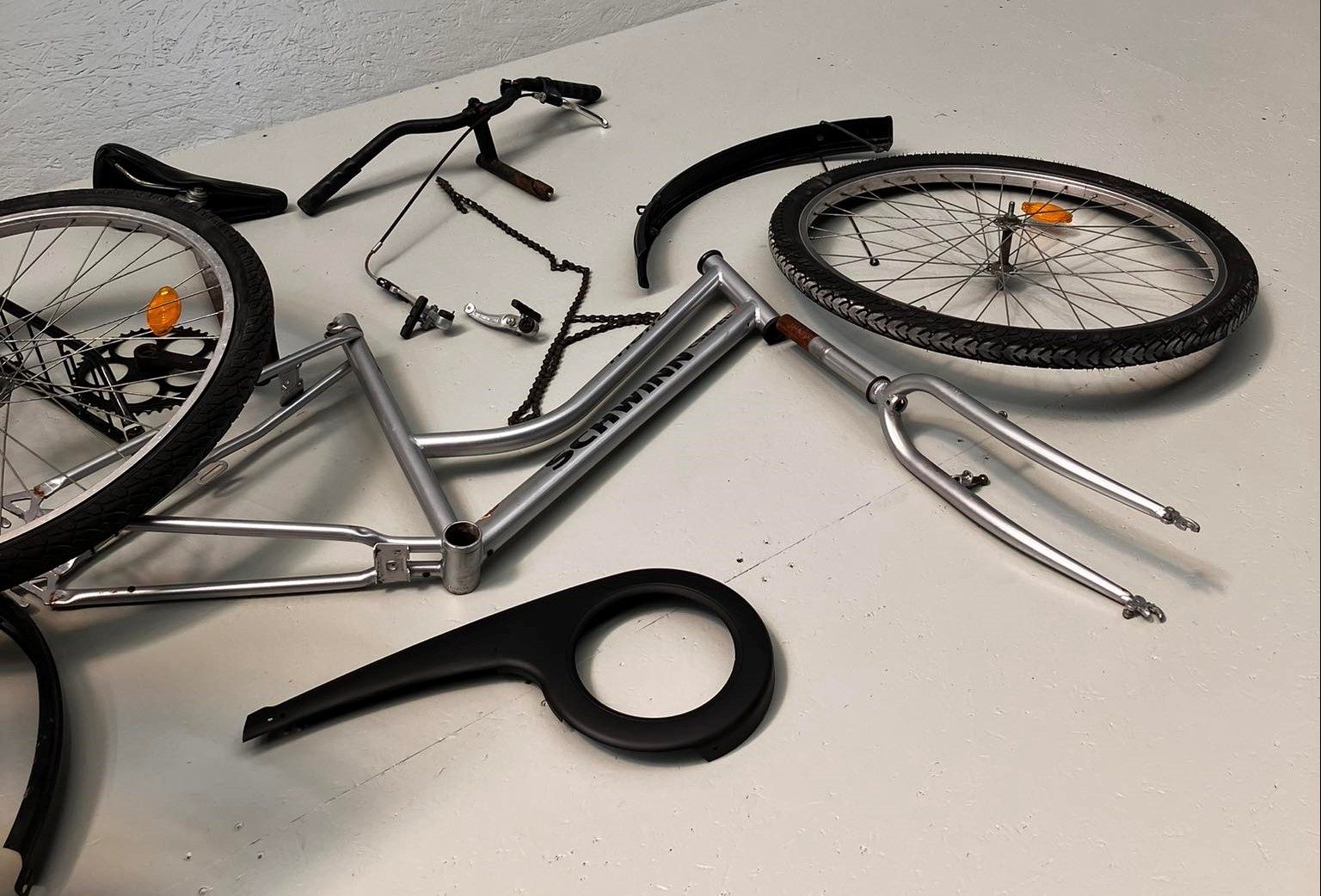
Photo: Facebook/Közlekedési Múzeum
Visitors can also get to know Hungary’s cycling routes on the road and discover the difficulties of cycling expeditions around the world by boarding a railway carriage carrying bicycles that was still in use last year.
The exhibition will also feature special bicycles of the era: a Michaux pedal-driven bicycle from the 1860s, and several large-wheeled velocipedes.
The show, on display until October 23, is accompanied by thematic guided tours, educational programs, and activities.
One day after the opening, on Saturday, the Museum of Transport will also take part in the Night of Museums with a number of activities. During the event, the Museum of Transport and the Budapest Transport Center will be offering nostalgic tram rides: visitors can also take a special F1A tram to the Northern Vehicle Repair Station.
Via MTI; Featured image: Facebook/Közlekedési Múzeum